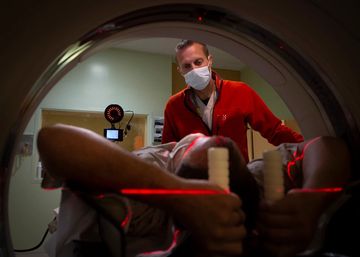How Does Radiation Treat Cancer?
Destroying and Damaging Cancer Cells
Radiation uses high-energy particles or waves, such as x-rays, gamma rays, electron beams, or protons, to destroy or damage cancer cells. It is one of the most common treatments for cancer. Human cells normally grow and divide to form new cells, but cancer cells grow and divide much more quickly. Radiation works by making small breaks inside the DNA of the cancer cells, which prevents them from growing and dividing, and causes them to die.
Targeting the Body Where Treatment is Needed
Radiation therapy is often local. This means radiation is only aimed at and affects the part of the body that needs treatment. While nearby normal cells can sometimes be affected by radiation, most recover and go back to working the way they should.
Some radiation treatments, such as systemic radiation therapy, use radioactive substances that are given in a vein or by mouth. Even though this type of radiation travels throughout the body, the radioactive substance nonetheless collects around the tumor, so the rest of the body remains generally unaffected. Patients do not feel anything when they are receiving radiation treatments.
Key Facts
What to know about radiation oncology treatment at VA
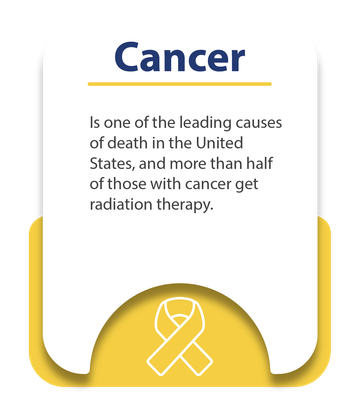
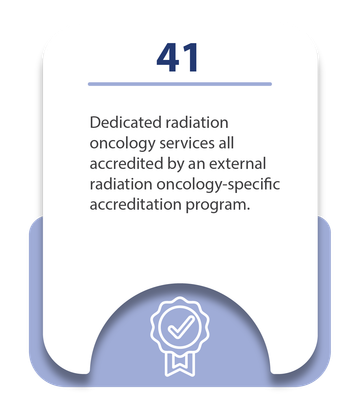
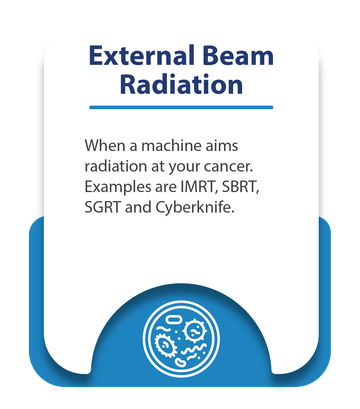
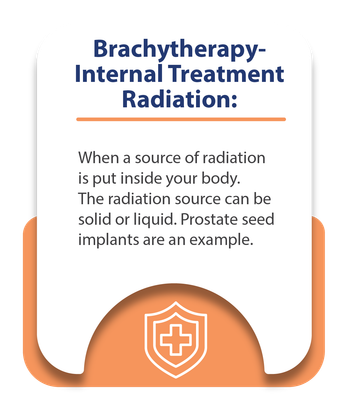
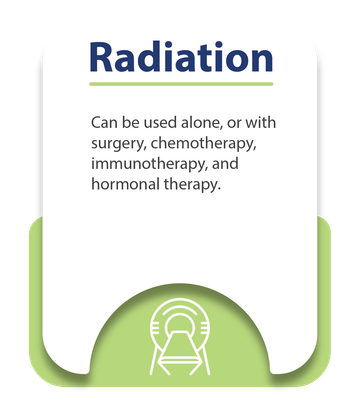
About VA’s National Radiation Oncology Program (NROP)
The radiation oncology practiced across VA is guided by best-in-class leaders in oncology, who are committed to providing high-quality care to Veterans. Through the management of complementary programs and the strength of our talented staff, NROP walks with Veterans on every step of their cancer journey. To find VA medical centers with radiation oncology services click here.
Contact Us
Contact us at VHARadiationTherapy@va.gov for information about the specific radiation oncology services available at different VA Medical Facilities.


